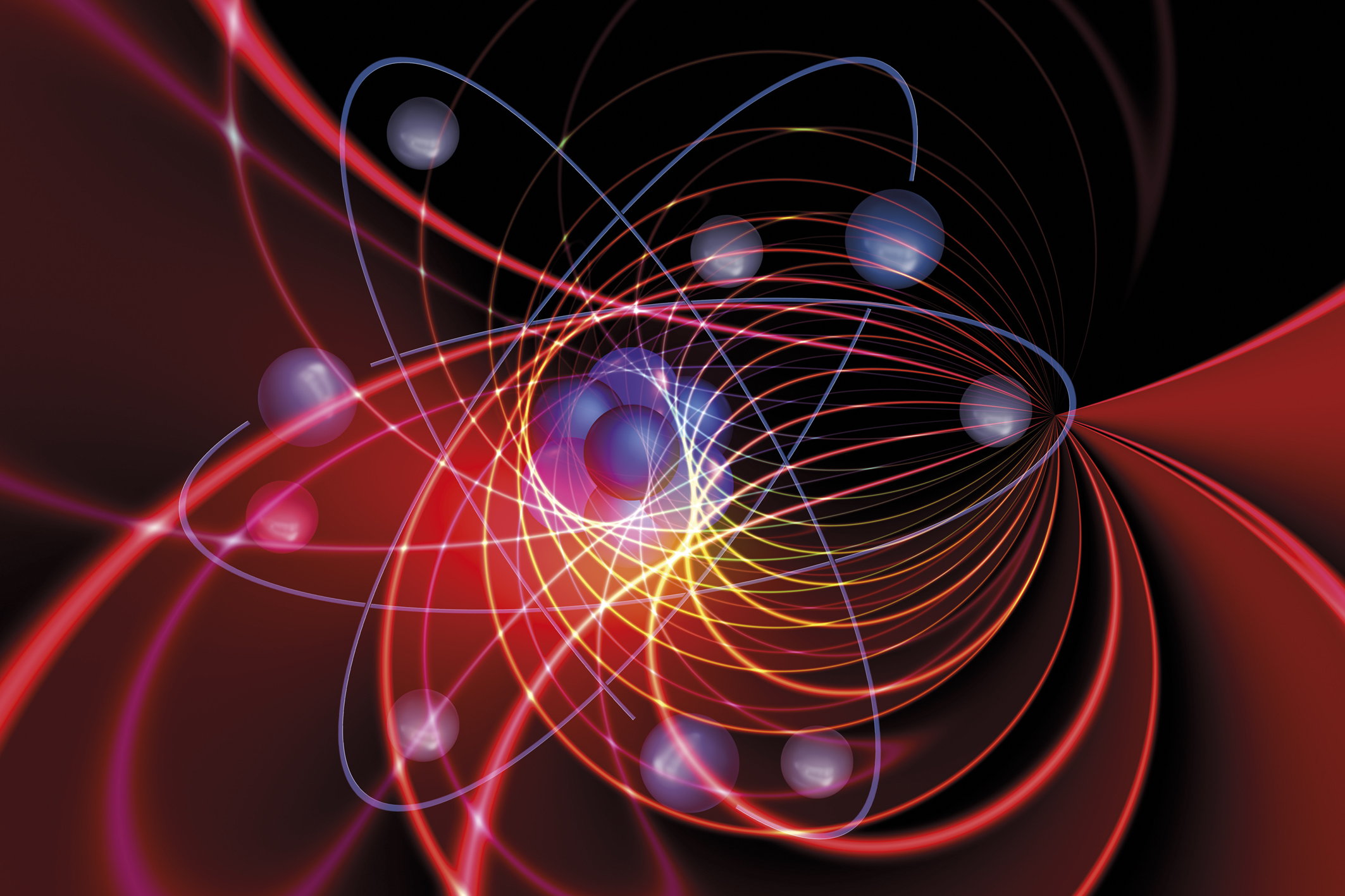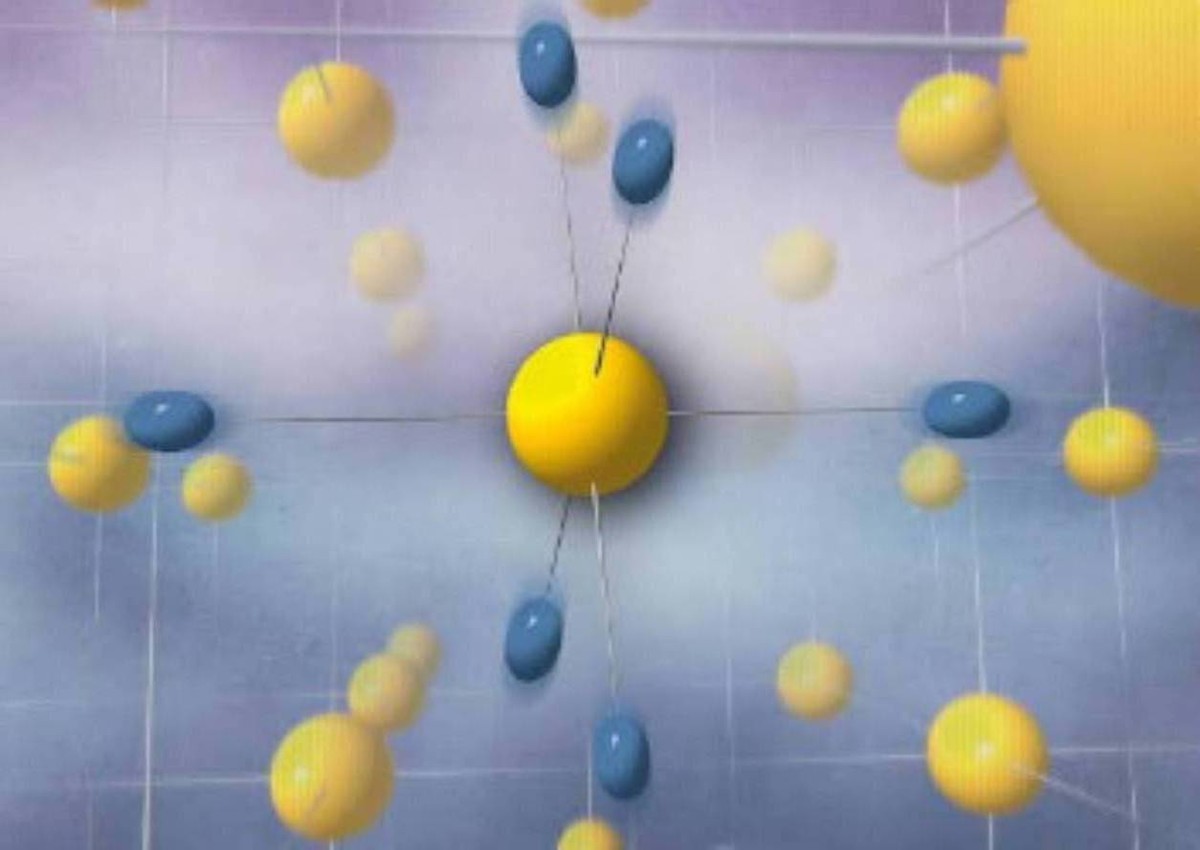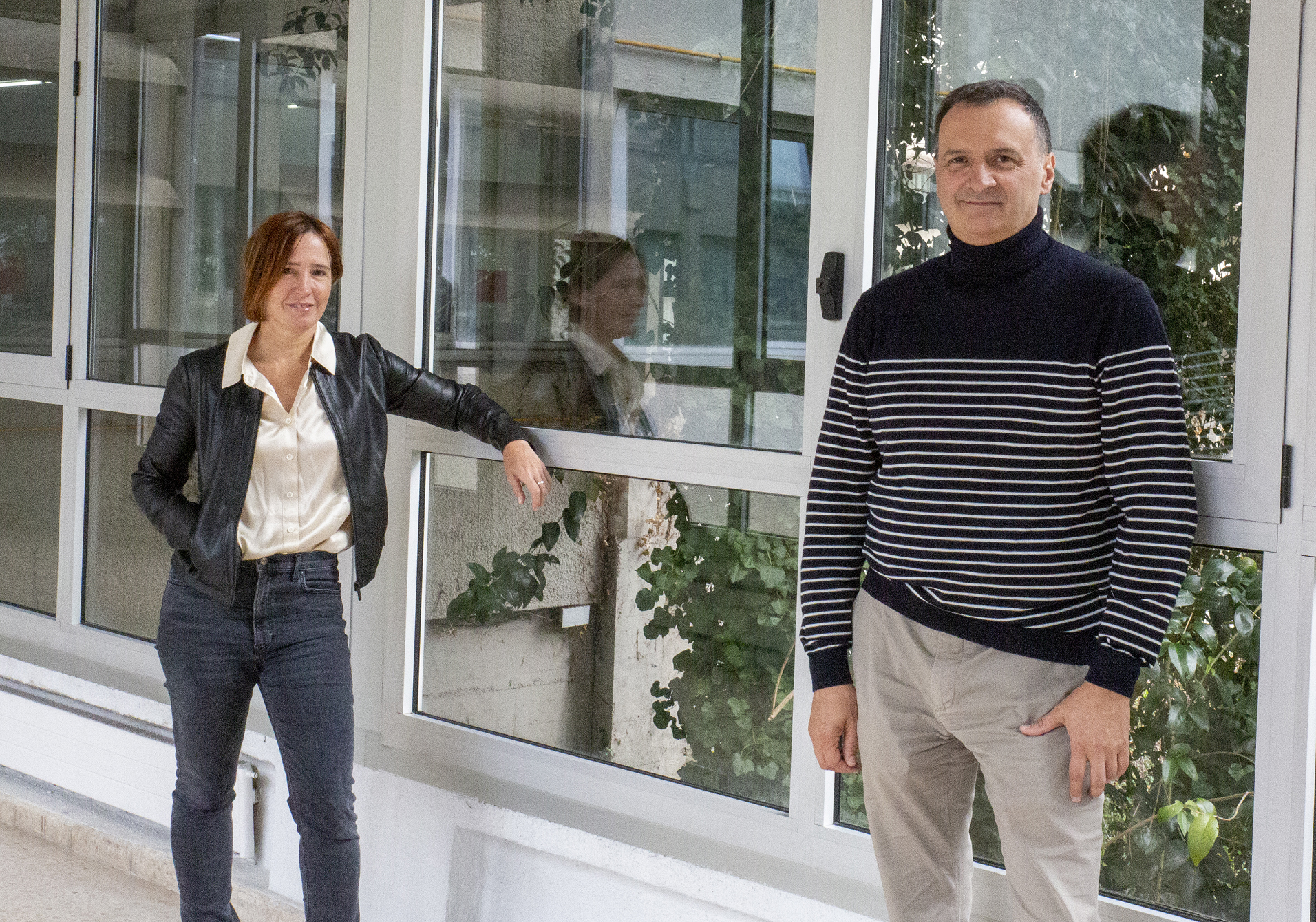Challenges of Physics
2022/03/01 Errea Lope, Ion - Fisikako doktoreaEHUko iraskalea, CFM eta DIPC zentroetako ikertzaile eta Jakiundeko kidea | García Vergniory, Maia - FisikariaDIPCko ikertzailea Iturria: Elhuyar aldizkaria
 400
400
Physics has opened up unpublished and suggestive worlds, imperceptible by our senses. With physics, from research into the universe to nanotechnology, there have been many advances in science and technology in recent decades. But what are the main challenges of physics in this century?
They will certainly be very varied. Aware that it is dark matter and dark energy, that nuclear fusion is the acquisition of unlimited energy, that nanotechnology can develop what medicine and materials science, that they are quantum computers… Aware that there will be as much opinion as physics, we have invited physicists from two fields to reflect:
“The revolution of the last century will be rounded in this century”
Ion Errea Lope
Physical. Researcher UPV, CFM and DIPC
Great physicist Lord Kelvin affirmed in 1900 that there was nothing to discover in physics. It was only necessary to make even more accurate measurements, convinced that this would not bring anything new.
XX. But the 20th century was the revolution of physics. Quantum physics and relativity theory revolutionized all paradigms so far. The first one has taught us what the smallest world is, that of atoms and that of particles. The second has expanded a new dimension of the universe. XX. The 20th century belonged to physics, as these new theories have been a great technological revolution that is reflected in today's digitalization and medicine.
Contact with extremes
This century will not be that of physics, but the influence of that enormous conceptual development that physics had in the last century has not materialized yet. There's a lot to develop. Maybe that's the biggest challenge of physics today: to keep developing this new modern physics of the last century to the point and take the applications to the extreme. And this, of course, is going to have a huge influence on the revolutions that are going to take place in other disciplines, in other words, the neurosciences and the biology that are at the pile. In fact, just as the current magnetic resonance imaging in medical diagnosis cannot be understood without quantum physics, the new techniques that will be used to study the neuron with neuronal behavior will also develop from the atom to atom understanding of the interaction between neurons, proteins and electromagnetic fields.
In the last century, the theories of the elementary particles that make up the matter were developed. In 2012, the so-called standard model was rounded with the experimental discovery of the Higgs boson. Beyond the particles described in this model, physicists are convinced that there must be new heavier particles that cannot be generated in current accelerators. These particles could be responsible for the dark matter of the universe. The LHC accelerator, used to locate the Higgs boson, has been standing still in recent years, but this year it will be operational again after major improvements. Will these innovations be sufficient to observe new particles? There is hope. If we look at new particles or phenomena, it is possible to clarify the confusion that currently exists in theory, since there are many proposals that go beyond the standard model of elementary particles, and of course not all can be correct.
•
One of the biggest unforeseen material physics was to find superconductivity in 1911. No one expected a metal to lose all its electrical resistance below a temperature. Since then, one of the main questions is whether superconductivity in erosion conditions is possible. Experiments in recent years have shown that high-pressure superconductivity is possible in hydrogen rich compounds. The main challenge for the coming years will be to determine whether there is such a superconducting hydrogen compound at such high temperature in pressure. To answer this question, the help of theoretical calculations will be necessary, which allow on the one hand to predict at what temperature a material becomes a superconductor and, on the other, to determine whether the possible new materials are stable.
[Physics XX]. Although I think that the revolution of the 20th century will continue, I do not wish to repeat Lord Kelvin's mistake. There might be surprises that could change the direction of studying physics.
"The challenge is to develop resources to build and control quantum systems."
Maia García Vergniory
Physical. Researcher DIPC
The biggest challenge of physics doesn't have to come from solving a particular problem. I think the main challenge for physics is to exploit the knowledge acquired and the new doors that open up the new tools to us. For example, the door that has opened the quantum world.
It is said that future technology will be based on quantum technologies, but what are quantum technologies? Actually, since 1947, Bell Labs designed the first silicon transistor, we're using quantum technology. Since then, essentially, all of our technology has been based on the principles of quantum physics.
Fundamentals of quantum technologies
However, transistors used so far only use two properties of the quantum world mentioned: wave-particle duality and quantum statistics. The wave-particle duality indicates that a particle can have a double behavior, that is, as a wave and as a particle. Quantum statistics refers to electron statistics in the case of transistor.
On the other hand, there are two types of quantum physics: boson and fermion. The boson (for example, photons are boson) is governed by statistics known as Bose-Einstein, that is, at a temperature of 0 absolute all adopt the same quantum state, with the same energy. But with fermions (electrons, for example, are fermions) the same does not happen, since they cannot be two fermions in the same conditions, they are prohibited from occupying the same situation, so even if it is at 0 absolute, each fermion will have its own energy level.
This quality allows electrons, particles that carry electrical current, to acquire different energy situations when they orbit around atoms. The construction of the conventional transistor has been based on the manipulation of the levels of the most energetic electrons. So what are new quantum technologies based on?
New quantum technologies
New technologies are based on quantum overflow and quantum knots. These phenomena are a consequence of the wave-particle duality. Like waves produce interference, quantum states also have interference, so an electron may be in one state or another or in the overlap between both states. We define the quantum bit -- Qbit, in English, quantum bit -- as a two-tier system in which electrons can be in either state or both simultaneously. This would be the information unit of a quantum computer.
On the other hand, the Qbit connect to each other through the phenomenon called "quantum traba." When two or more objects are intertwined, in the system state all objects are taken into account, and we can describe the entire system through a single situation, even when objects are separated or separated in space. You can see that N qbits contain 2N information, so they are much faster than classic computers.
Using their full potential, quantum computers could, among others, delve into the properties of complex molecules that contain millions of atoms, simulate the properties of elementary particles, analyze the quantum behavior of a black hole or the evolution of the universe.
However, the new properties mentioned had long been known; Einstein, Podolsky and Rosen already in 1935, in the formulation of the so-called EPR paradox, announced quantum entanglement. Why have we taken so long to develop this technology?
The problem is that we can't observe, manipulate or measure the quantum world without disrupting the system. If we want a quantum system to process information, we must keep it isolated from the outside, which is not technically easy. Steps have been taken in the laboratory, but a lot of work remains. Therefore, our future challenge is the development of scientific and technological resources for the construction and control of complex quantum systems, capable of using new quantum technologies.

Gai honi buruzko eduki gehiago
Elhuyarrek garatutako teknologia






